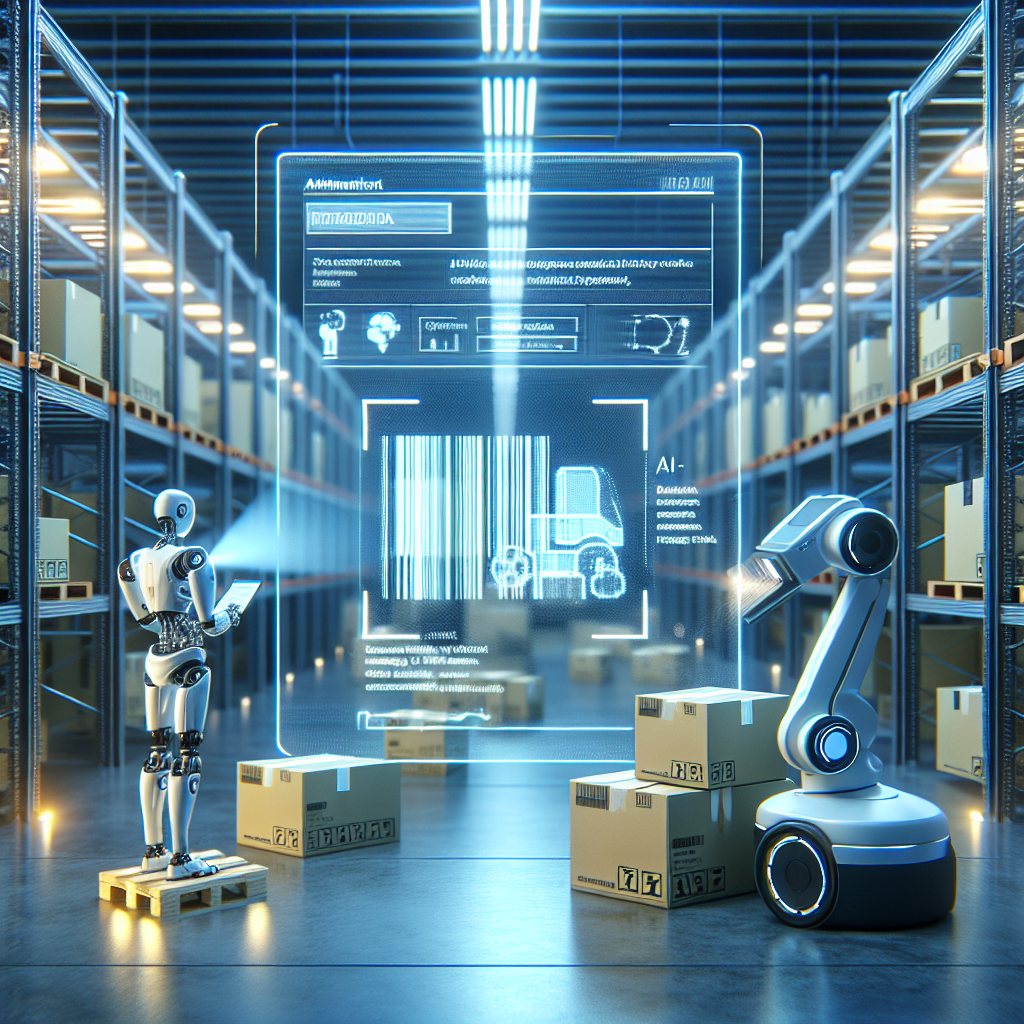The Benefits of AI for Supply Chain Visibility and Transparency
In today’s fast-paced global economy, supply chain visibility and transparency are crucial for businesses to effectively manage their operations and meet customer demands. With the rise of artificial intelligence (AI) technology, companies are now able to improve their supply chain visibility and transparency like never before. AI has the ability to analyze vast amounts of data in real-time, providing businesses with valuable insights into their supply chain processes and helping them make more informed decisions. In this article, we will explore the benefits of AI for supply chain visibility and transparency and how it can help businesses optimize their operations.
1. Improved Forecasting and Planning
One of the key benefits of AI for supply chain visibility and transparency is improved forecasting and planning. AI algorithms can analyze historical data, market trends, and other relevant factors to predict demand more accurately. This allows businesses to better anticipate changes in demand and adjust their production and inventory levels accordingly. By having a more accurate forecast, companies can reduce stockouts, minimize excess inventory, and improve customer satisfaction.
2. Real-time Monitoring and Alerts
AI technology enables real-time monitoring of supply chain processes, allowing businesses to track the movement of goods, identify potential disruptions, and take proactive measures to mitigate risks. AI algorithms can analyze data from various sources, such as sensors, GPS tracking, and weather forecasts, to provide businesses with real-time insights into their supply chain operations. In case of any issues or delays, AI can send alerts to stakeholders, enabling them to take immediate action and prevent disruptions.
3. Enhanced Inventory Management
AI can also help businesses optimize their inventory management by predicting demand, identifying slow-moving products, and optimizing reorder points. By analyzing historical sales data and market trends, AI algorithms can recommend the optimal inventory levels for each product, ensuring that businesses have the right amount of stock on hand at all times. This can help reduce carrying costs, minimize stockouts, and improve overall supply chain efficiency.
4. Increased Efficiency and Cost Savings
By leveraging AI for supply chain visibility and transparency, businesses can improve their operational efficiency and reduce costs. AI algorithms can identify inefficiencies in supply chain processes, such as bottlenecks, redundant tasks, and excessive lead times, and recommend ways to streamline operations. By automating repetitive tasks and optimizing workflows, businesses can save time and resources, leading to cost savings and improved profitability.
5. Better Collaboration and Communication
AI technology can also facilitate better collaboration and communication among supply chain partners. By providing a centralized platform for sharing data, insights, and performance metrics, AI can help businesses and their partners work together more effectively. This can lead to improved coordination, faster decision-making, and enhanced visibility across the entire supply chain network.
FAQs:
Q: How can AI improve supply chain visibility and transparency?
A: AI can improve supply chain visibility and transparency by analyzing vast amounts of data in real-time, providing businesses with valuable insights into their supply chain processes, and helping them make more informed decisions. AI technology can also enable real-time monitoring of supply chain operations, identify potential disruptions, and facilitate better collaboration among supply chain partners.
Q: What are the benefits of using AI for supply chain forecasting and planning?
A: The benefits of using AI for supply chain forecasting and planning include improved accuracy in demand forecasting, better inventory management, reduced stockouts, minimized excess inventory, and enhanced customer satisfaction. AI algorithms can analyze historical data, market trends, and other relevant factors to predict demand more accurately, allowing businesses to optimize their production and inventory levels accordingly.
Q: How can AI help businesses optimize their inventory management?
A: AI can help businesses optimize their inventory management by predicting demand, identifying slow-moving products, and optimizing reorder points. By analyzing historical sales data and market trends, AI algorithms can recommend the optimal inventory levels for each product, ensuring that businesses have the right amount of stock on hand at all times. This can help reduce carrying costs, minimize stockouts, and improve overall supply chain efficiency.
Q: What are some examples of AI applications in supply chain visibility and transparency?
A: Some examples of AI applications in supply chain visibility and transparency include real-time monitoring of supply chain operations, demand forecasting, inventory management, risk management, and collaboration among supply chain partners. AI technology can analyze data from various sources, such as sensors, GPS tracking, and weather forecasts, to provide businesses with real-time insights into their supply chain processes and help them make more informed decisions.

